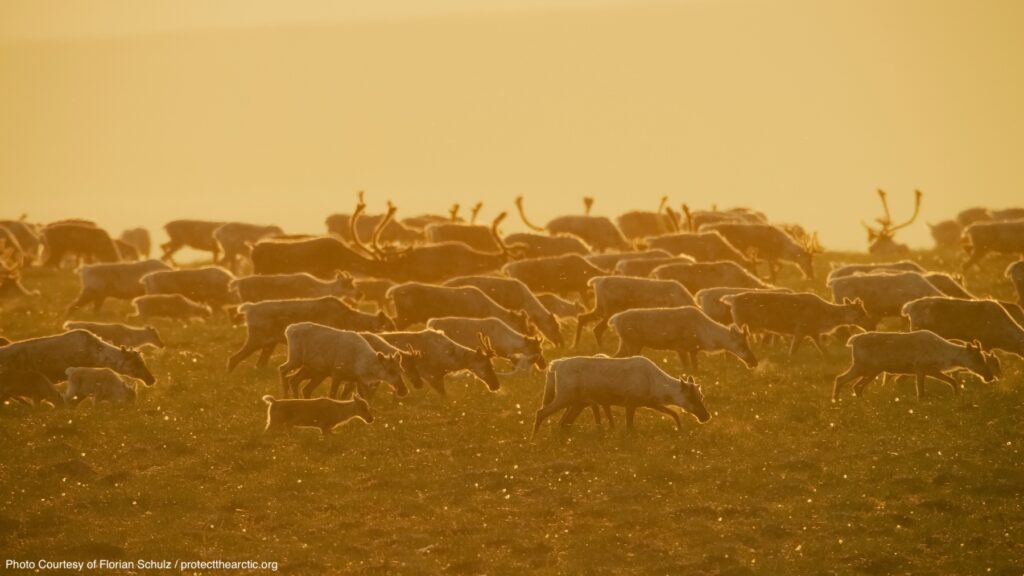Another Arctic Lease Sale Fails

FOR IMMEDIATE RELEASE
Date: 1/08/2025
Contact: Anja Semanco | 724-967-2777 | anja@alaskawild.org
Another Arctic Lease Sale Fails
A Clear Sign Drilling the Arctic is Bad Business
Washington, D.C. – The Department of the Interior canceled Friday’s lease sale on the Coastal Plain of the Arctic National Wildlife Refuge after receiving no bids from oil and gas companies. This latest lease failure underscores the economic, environmental, and social risks of pursuing fossil fuel extraction in one of the world’s most iconic and ecologically sensitive regions.
“Today’s complete lack of bids is Déjà vu all over again. Congress’s push to drill in the Arctic Refuge is a losing strategy,” said Kristen Miller, executive director of Alaska Wilderness League. “The first lease sale was a resounding failure, and now the second hasn’t attracted a single bidder. It’s clear that the only people clinging to this nonsense plan are drilling proponents in Congress more interested in advancing self-serving rhetoric than protecting one of America’s most iconic wild places.”
The Arctic National Wildlife Refuge was open for development as a part of Trump’s 2017 Tax Act under the pretext of lowering the deficit. Originally projected to yield $2.2 billion, the first lease sale raised only one percent of what was promised. With today’s lease sale results, these budget estimates have now been tested in the real world twice, and one thing is clear: The American people were sold a lie.
This failure reflects a broader shift in the energy landscape as investors, companies, and the public increasingly turn away from high-risk, high-cost projects like Arctic drilling. In addition to plummeting industry interest, the move aligns with mounting global efforts to combat the climate crisis and transition to cleaner energy sources.
For decades, the Arctic National Wildlife Refuge has symbolized America’s natural heritage. The region’s Coastal Plain serves as the birthing grounds for the Porcupine Caribou Herd, supports populations of polar bears and migratory birds, and holds immense cultural and spiritual significance for Indigenous communities, including the Gwich’in people. These communities rely on the land and its resources to sustain traditional subsistence lifestyles and safeguard their cultural identities.
###
